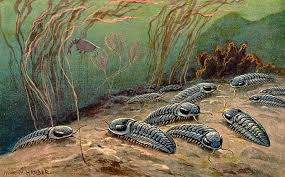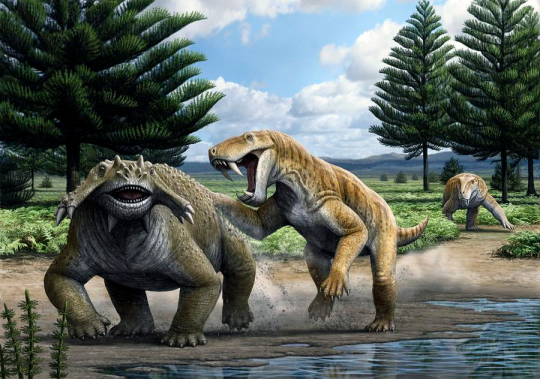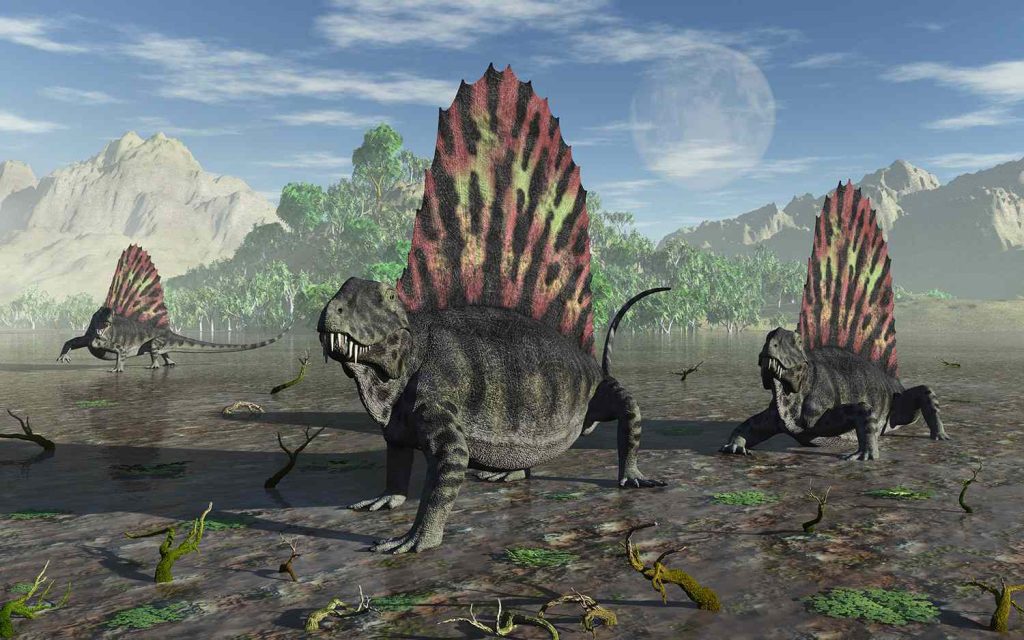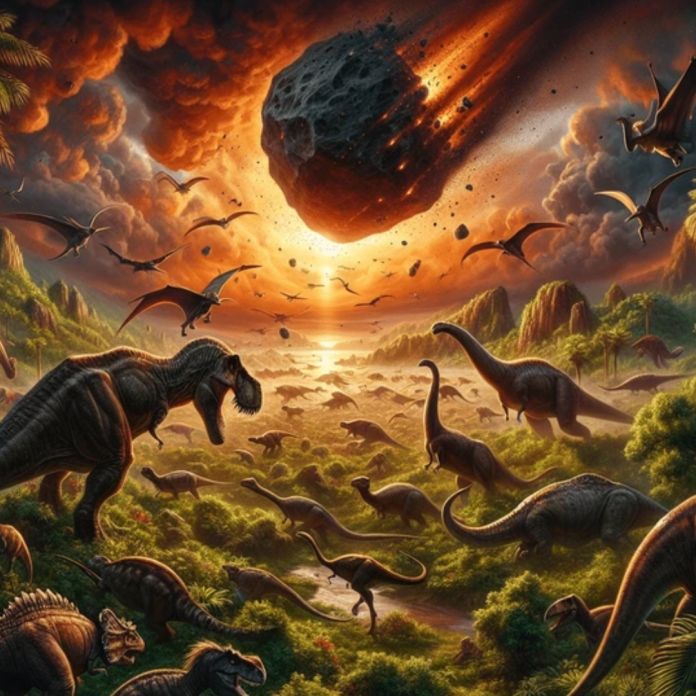Over the past 500 million years, life on Earth has endured five catastrophic events that wiped out most of the planet’s species. Now, scientists warn that human activity could be triggering a sixth. Astonishingly, over 99 percent of all species that have ever existed are now extinct. While extinction is a natural part of evolution—old species disappearing as new ones evolve—the pace has not always been steady. At least five times in Earth’s history, extinction rates have spiked so dramatically that 75 to over 90 percent of all species vanished in what we now call mass extinction events.
While these die-offs are devastating, they also reset the ecological stage, allowing new species to thrive. The most famous example occurred 66 million years ago, when a massive asteroid ended the age of the dinosaurs, paving the way for mammals and birds to rise. But asteroid strikes are rare. Most mass extinctions have been driven by huge disturbances in Earth’s carbon cycle—like colossal volcanic eruptions that released immense quantities of greenhouse gases, leading to runaway global warming, ocean acidification, and oxygen-starved seas.
The Five Mass Extinctions
1. Ordovician-Silurian Extinction (444 million years ago)

Life in the Ordovician period flourished in the oceans, but a sudden ice age caused by global cooling triggered the first known mass extinction. As glaciers formed and sea levels dropped, shallow marine habitats disappeared. This event likely began with the formation of the Appalachian Mountains, which drew carbon dioxide out of the atmosphere through rock weathering. Up to 85% of species, particularly marine life such as trilobites and corals, were wiped out.
2. Late Devonian Extinction (383–359 million years ago)
Over 20 million years, a series of extinction pulses gradually wiped out around 75% of Earth’s species. A dramatic drop in ocean oxygen levels—possibly linked to volcanic eruptions in Siberia, asteroid impacts, and the rise of deep-rooted land plants—transformed Earth’s ecosystems. These plants altered weathering rates, flooding oceans with nutrients that created vast “dead zones” and may have triggered global cooling. The loss of oxygen devastated marine life and slowed down new species evolution.
3. Permian-Triassic Extinction (252 million years ago)

Known as “The Great Dying,” this was the most catastrophic extinction in Earth’s history. About 96% of marine species and 75% of land species vanished in roughly 60,000 years. Massive eruptions in the Siberian Traps released more than 14 trillion tons of carbon—more than double what humanity could release by burning all fossil fuels. This triggered extreme global warming, acid rain, and ocean anoxia (oxygen depletion). Equatorial seas reached temperatures of 104°F, nearly uninhabitable for most marine life. Recovery took millions of years.
4. Triassic-Jurassic Extinction (201 million years ago)

As life recovered from the Great Dying, a new disaster struck. Around 80% of species vanished, including many dominant reptiles. The cause? Massive volcanic activity from the Central Atlantic Magmatic Province, which covered parts of present-day North and South America and Africa with lava. The resulting CO₂ emissions caused rapid warming and ocean acidification. This cleared the way for dinosaurs—previously minor players—to dominate.
5. Cretaceous-Paleogene Extinction (66 million years ago)

The most recent and well-known extinction was caused by an asteroid impact near modern-day Mexico. The 7.5-mile-wide rock struck at 45,000 mph, sending firestorms, tsunamis, and debris into the atmosphere that triggered a global “impact winter.” Alongside ongoing volcanic activity in India’s Deccan Traps, this led to the extinction of 76% of species, including all non-avian dinosaurs.
The Present Crisis: A Sixth Mass Extinction?
Today, Earth is in the midst of a biodiversity crisis. Up to one million species face extinction due to human activities like deforestation, overfishing, pollution, and climate change. Habitat destruction, invasive species, and the global spread of diseases through trade have only worsened the outlook.
Extinction rates today are hundreds of times higher than natural background rates. If critically endangered and vulnerable species vanish within the next century, and the trend continues, we could cross into mass extinction territory within 240 to 540 years.
What’s alarming is how closely human-driven changes resemble past extinction triggers. By burning fossil fuels, we’re flooding the atmosphere with carbon dioxide—mimicking ancient volcanic events that drove global warming and ocean collapse. While past eruptions released more carbon in total, humans are doing it faster.
Even though we haven’t yet lost 75% of species, ecosystems are already destabilizing. Before we reach the threshold of a true mass extinction, we may find ourselves in a world with drastically fewer species, collapsing food webs, and unpredictable climate shifts.
Mass extinctions remind us that life on Earth is resilient—but also deeply vulnerable. The question now is whether we act in time to stop becoming the architects of the sixth.



